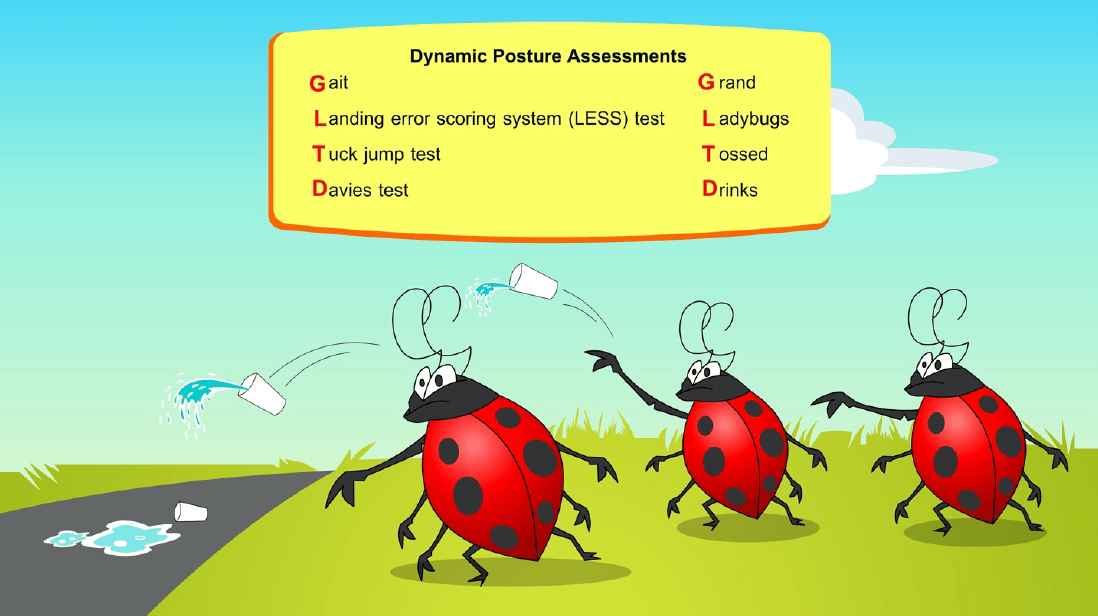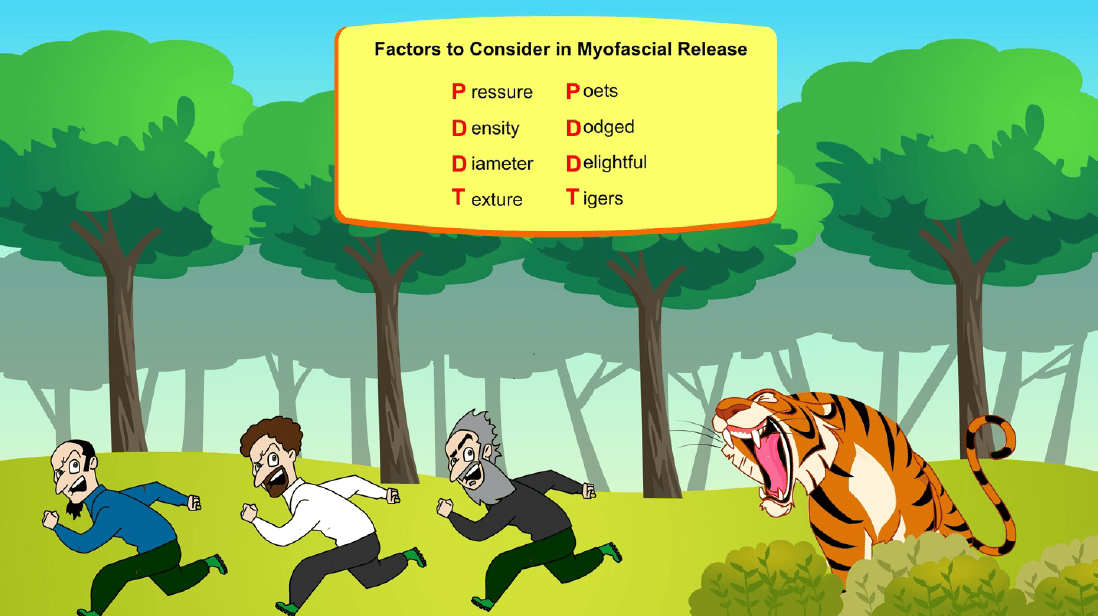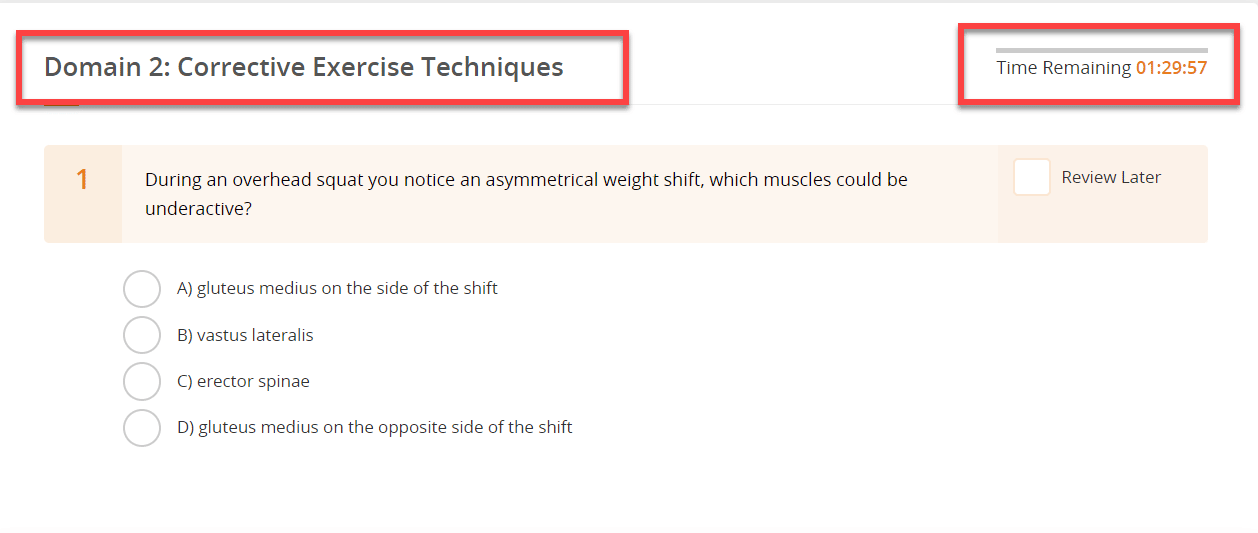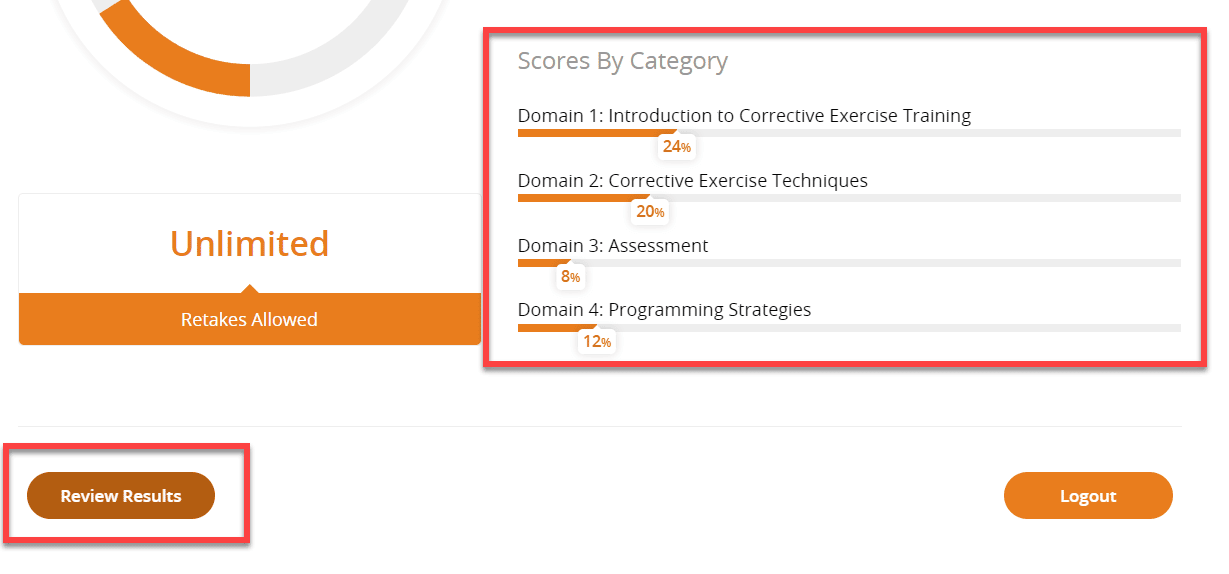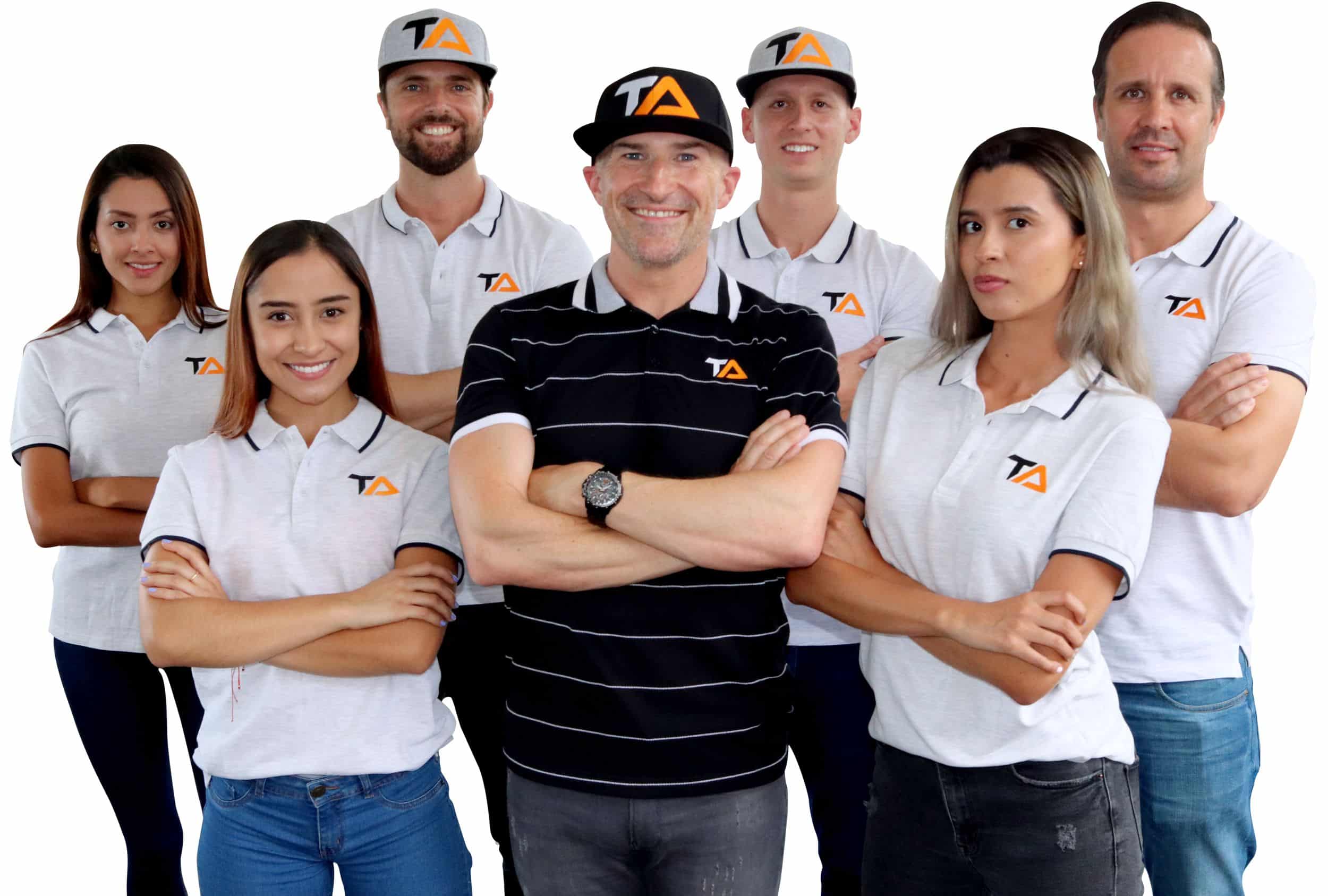
NASM CES MVP Package Example
Chapter three assignments:
1
SMR administered in conjunction with a static stretching protocol increases joint ROM. True or False?
2
What influences does neuro-myofascial release or pressure and tension have on the autonomic nervous system?
3
What is phase 1 of the Corrective Exercise Continuum and explain what Self Myofascial Release (SMR) is.
4
What is the gamma loop? Find this with outside research on the internet.
5
Based on the textbook, list the two reasons to use SMR. (NB: Carefully read Scientific Rationale for SMR and The Effects of Tissue Pressure. these will be heavily featured in the final exam.)
6
List all of Self Myofascial Release’s precautions.
7
What are Davis’ law and relative flexibility?
We include only the most important questions so that the huge NASM CES textbook does not completely overwhelm you.
Chapter 3 assignment answers:
True. It serves to break up fascial adhesions that are created through the cumulative injury cycles, and this improves the ability to lengthen through stretching.
The influences of neuro-myofascial release or pressure and tension:
a. The fluid properties of tissue that affects the viscosity.
b. The hypothalamus, which increases vagal tone and decreases global muscle tonus.
c. Smooth muscle cells in fascia that may be related to regulation of fascial pretension.
Phase 1 of the corrective exercise continuum is the inhibit phase. The inhibit phase uses inhibitory techniques, primarily the use of SMR or self-myofascial release. SMR is a technique for flexibility used to inhibit overactive muscle fibers. This is through the use of things like foam rollers and other trigger point items.
SMR decreases gamma loop activity. Gamma loop is the reflex arc that consists of small anterior horn nerve cells and their small fibers that project to the intrafusal bundle and produce its contraction, which initiates the afferent impulses that pass through the posterior root to the anterior horn cells, inducing reflex contraction of the entire muscle.
First it is used to alleviate the side effects of active or latent trigger points (affect local myofascial tissue dysfunction), and then the second is to influence the autonomic nervous system.
Precautions for self-myofascial release:
Davis’ law states that our soft tissues will model along the line of stress. Soft tissue models and rebuilds itself with inelastic collagen matrix that form randomly. This means they don’t yet run in the line of the muscle fibers. When the fibers are lengthened, the inelastic connective tissue fibers are roadblocks that don’t allow the fibers to properly move. Alterations occur in normal extensibility of tissues. This causes relative flexibility.
You didn’t think we were going to leave you hanging without the answers, did you? Use these answers to double-check your own. Or, use them as a cram guide before the exam.
chapter 3 mnemonics:
At first, mnemonics may seem like a strange way to study. But studies have shown time and time again that it is the best way to memorize information in a sequence. The goal is to make them as weird, controversial or gross as possible. Trust me, you are First Response might be “Ewwwww”, but you will never forget them. Practice what you learned in the fill in the blank section below.
let’s practice one. List the 4 dynamic posture assessments?
Audio Study Guide
And for audio learners, we’ve got you covered as well. These are great to study while you are driving or hands-free. It is the same as the written study guide. Short and sweet. We don’t want you falling asleep from an overload of long boring lectures.
Our Intelligent flashcards: Click a card

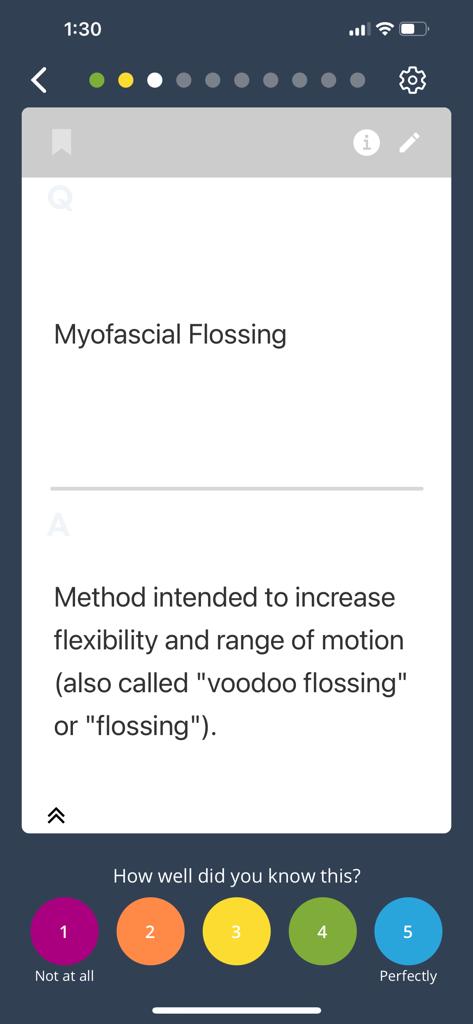
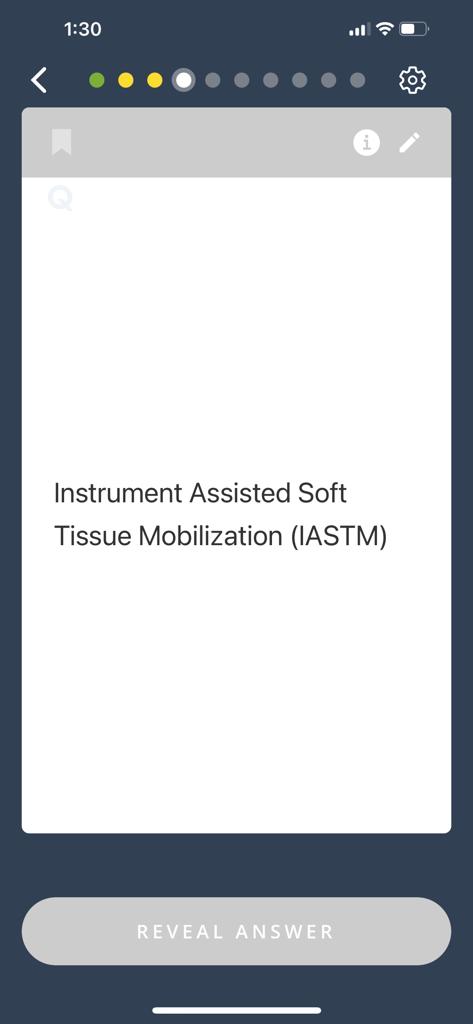
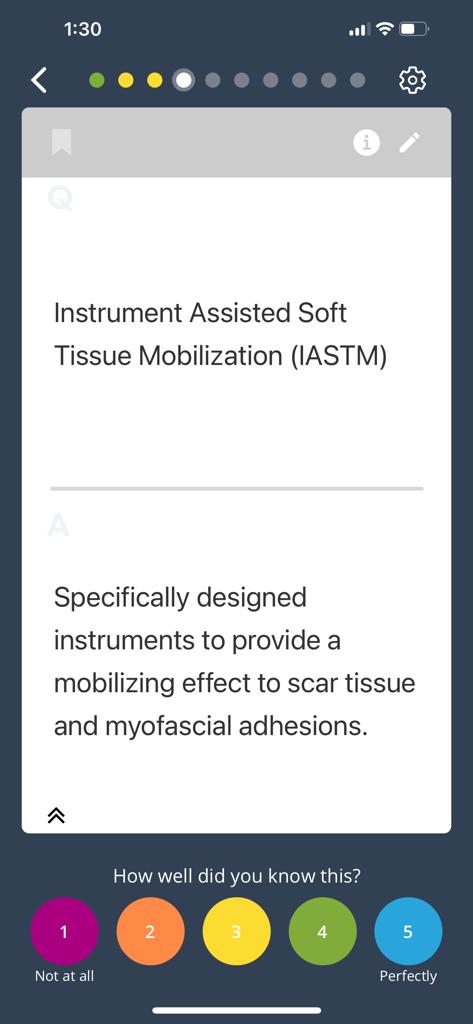
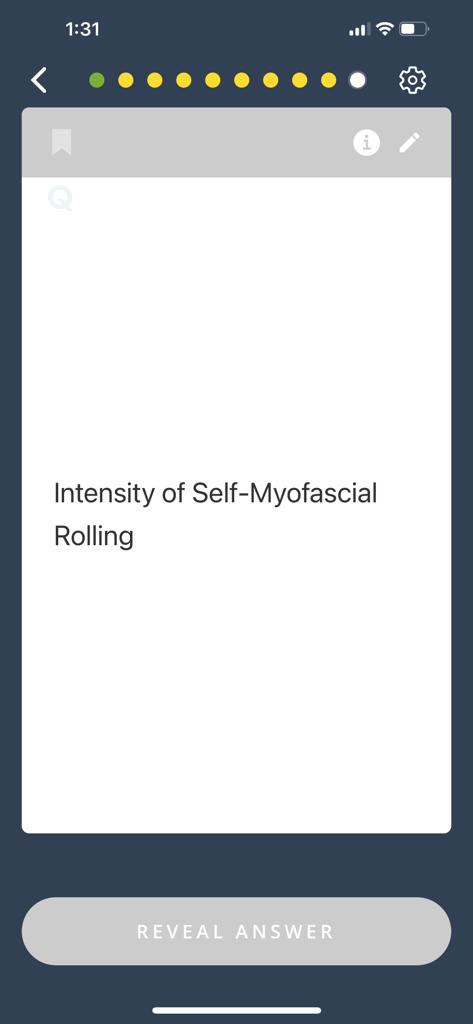
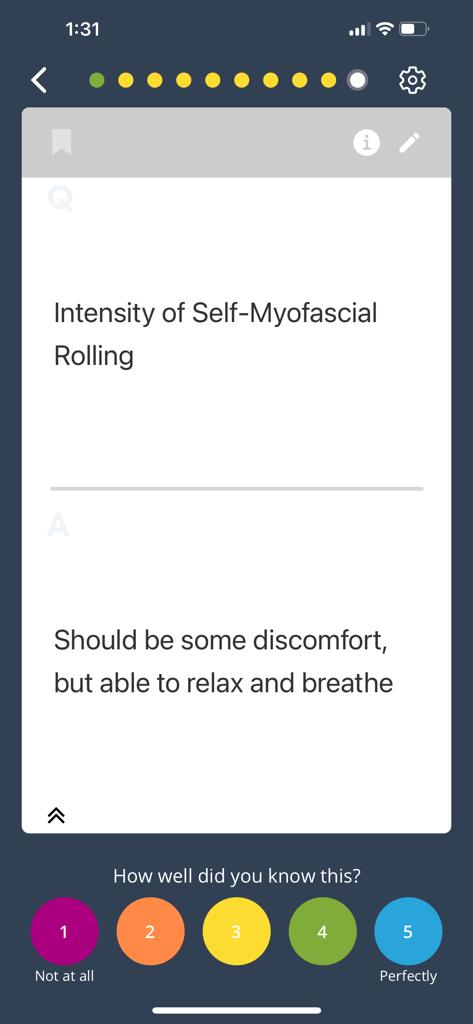
While using our intelligent flashcards, you will rate yourself on how well you know each card from 1 (pink) to 5 (blue). Our intelligent system will start showing you you’re difficult cards frequently, and you’re easy cards only once in a while. This will save you hours of time by focusing on your weak areas. 300 flashcards total.
Practice Exam Process
We have 3 complete (100 questions) NASM CES practice exams. These exams have a 1.5-hour countdown timer to replicate what it feels like to take the real exam. You are shown which domain each question comes from.
At the end of each exam you will see a breakdown of how you did in each of the four domains of study. This will help you refocus your studies on your weak areas. We have domain-specific quizzes to help you do this. Check the review results section to see the questions you got wrong.
In the “review results” section you will be able to see all the questions you got wrong as well as the correct answer.
Additional MVP study materials and features

NASM CES Study Blueprint
The study blueprint contains a 16 week study plan, an 8 week plan, a 4 week plan and a 2 week plan (AKA the cram plan). I help you decide which plan is right for you and show you exactly what to study (and how) for that time frame. This blueprint is essential if you are last second cramming and will give you the best chance to pass the exam

NASM CES Cheat Sheet
The NASM CES cheat sheet contains the most important information that you need to focus on right before the exam. This all fits on one sheet of paper and can be easily printed out and used the night before the test and as you are on your way to take it. This drastically helps with last-second retention of information.

100% Exam Pass Guarantee
Our NASM CES MVP study package comes with an exam pass guarantee. It’s straightforward, if you somehow fail the test after using our study materials, we will refund 100% of your money. Period. That’s how confident we are in our study materials.
Flash Sale: Save $100 on the NASM CES MVP Package Today
Code: MARCHFLASH | SAVE 25%-50% on our MVP Study Programs

Questions? Use the Chatbox.





